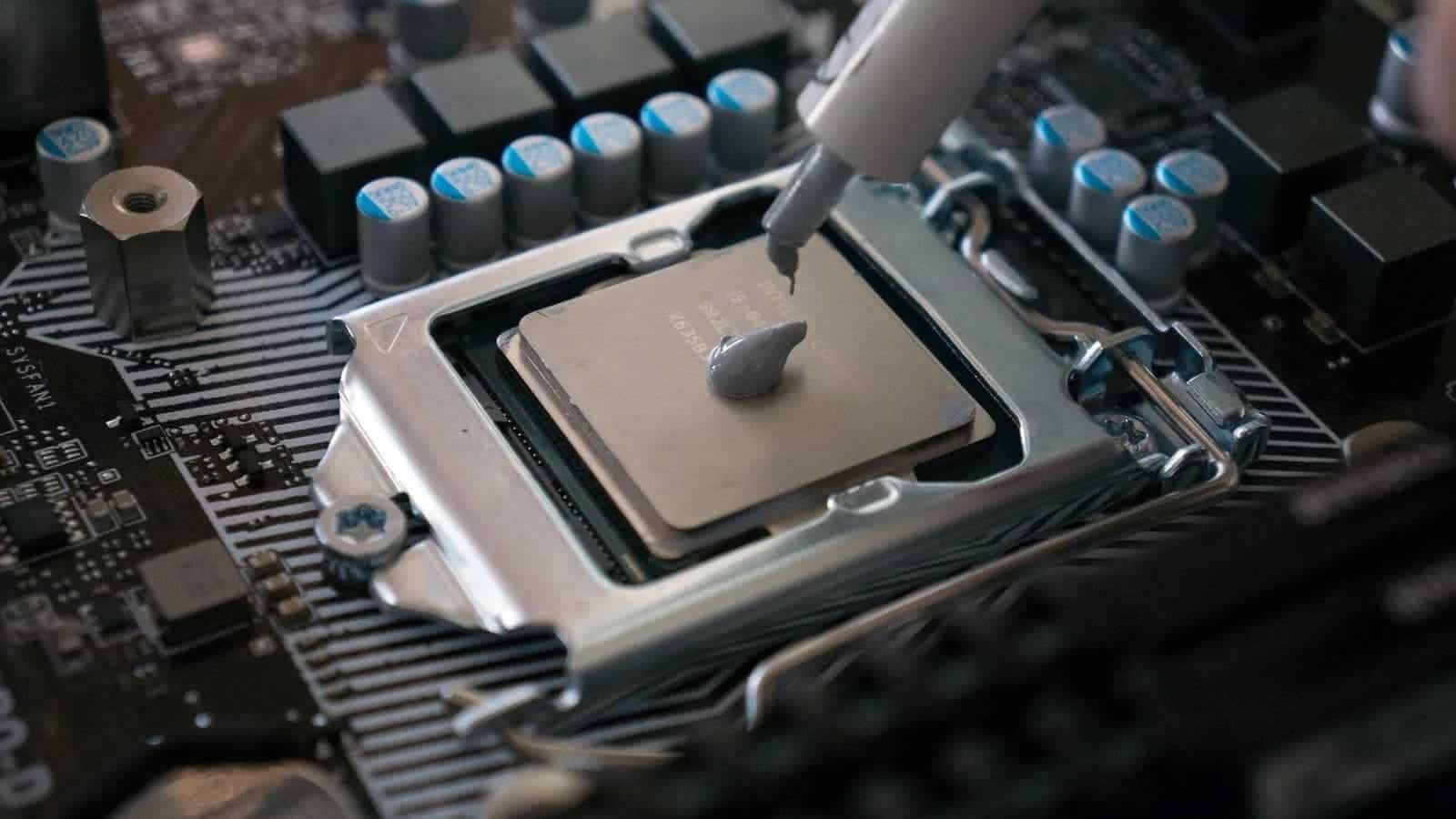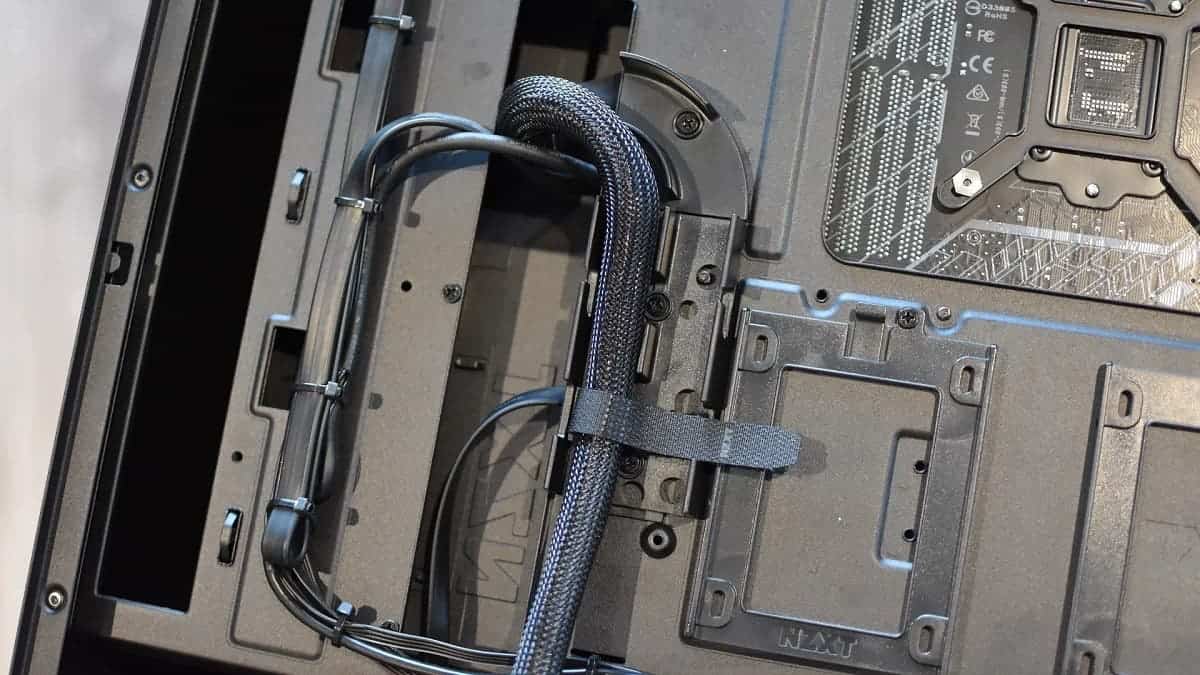Are you tired of your computer’s fans whirring and buzzing all the time? Worried about the durability and functionality of your computer because it feels like a mini sauna? Don’t worry, we’ve got you covered. We’ll guide you through a series of steps and improvements to help your PC run silently and cooler, for a quieter and more efficient computing experience.
Also read: Heat-Proof Your Computer: Expert Tips To Prevent Overheating
Tips to make your PC run silently
Clean the PC’s Interior
Over time, dust and debris can build up inside your computer, clogging vents and reducing airflow. This build-up forces the fans to work harder, resulting in increased noise and reduced cooling efficiency. Start by shutting down your computer, unplugging all cables and opening the case.
Once inside, clean the internal components thoroughly with compressed air or an anti-static brush. Pay particular attention to fans, heat sinks and air vents to ensure that all dust and dirt has been removed. This simple maintenance activity will make your PC run silently and cooler. While you might think this is useless, it helped me many times. Even if it does not totally cure the problem, it will significantly reduce noise.
Reapply Thermal Paste
Replacing outdated thermal paste is an important step in keeping your PC cooler and quieter. Thermal paste is placed between the CPU (central processing unit) and the heatsink to ensure heat is effectively dissipated away from the processor. Here’s a step-by-step guide to replacing your thermal paste.

Before you start, make sure you have a new tube of good quality thermal paste, isopropyl alcohol, a lint-free cloth or coffee filter, and a small tool to remove the old paste, such as a credit card or plastic spatula.
- Switch off and unplug your computer.
- To access the internal components of your PC case, carefully remove the side panel.
- Locate the CPU, which is usually located in the centre of the motherboard behind a large metal heat sink. The purpose of the heatsink is to efficiently dissipate heat from the CPU.
- Unplug the fan’s power connector from the motherboard before removing the heatsink. Next, remove the heatsink’s retaining mechanism, which may be held in place by screws, brackets or latches. Carefully lift the heatsink away from the CPU. Excessive force may damage the CPU or motherboard.
- With the heatsink removed, the old thermal compound will most likely be visible on the surface of the CPU and the base of the heatsink. To clean it, use isopropyl alcohol on a lint-free cloth or coffee filter. Wipe the old thermal compound off the CPU and heatsink base with a soft cloth.
- Using the new tube, apply a small amount of thermal paste to the centre of the CPU. Rather than using your finger to spread the paste, use the pressure of the heatsink to spread the paste evenly when it is reinstalled.
- Replace the heat sink.
- Close the computer case.
- Switch on your computer.
Upgrade CPU Cooling
If you’re still using the standard CPU cooler that came with your processor, you may want to consider upgrading. Aftermarket air or liquid coolers often offer improved cooling performance, quieter operation and better heat dissipation.
Gizchina News of the week
Before you buy, make sure the cooler you choose is compatible with your CPU socket and will fit into your PC case. Choose a reputable brand that offers a good balance of performance and noise reduction.
Optimize Fan Configuration To Make Your PC Run Silently
The arrangement of your case’s fans can have a significant impact in terms of making your PC run silently. For best results, ensure that intake fans draw cold air into the case and exhaust fans draw heated air out.
Creating positive pressure within the case by having more intake fans than exhaust fans can help keep dust out of unfiltered openings. This will not only help to reduce noise, but will also contribute to cleaner internals.
Replace Noisy Fans
Consider upgrading to quieter options if the excessive noise from your case or CPU fans make you angry. Look for fans that have a lower decibel (dB) rating and more airflow.
Install Sound Dampening Material
Sound absorbing materials can help reduce vibration and noise from your computer’s components. To absorb sound and reduce vibration, line the inside of your case with foam or rubber gaskets.
You can make your PC run silently by deliberately using sound-absorbing materials, allowing you to focus on your work without distractions.
Manage Cable Clutter To Make Your PC Run Silently
Cable clutter not only prevents proper ventilation, but also makes the inside of your PC look messy. Keep your cables tidy and secure with cable ties or cable management solutions.

You’ll improve airflow and eliminate blockages by reducing cable clutter, resulting your PC run silently.
Monitor and Control Fan Speed
Modern motherboards and software tools such as SpeedFan allow you to monitor and change fan speeds as required. You can maximize cooling performance while reducing noise levels by using unique fan curves.
Wrap up
You can improve the overall performance and lifespan of your PC by following these detailed steps and updates. Regularly cleaning the inside, adding new thermal paste and adjusting the fan arrangement are all essential maintenance tasks. Upgrading to a better CPU cooler and investing in quieter fans will help create a quieter computing environment. Installing sound-absorbing materials and reducing cable clutter will also help make your PC run silently, cooler and more efficient. Follow these suggestions for a relaxing and productive computing experience.


